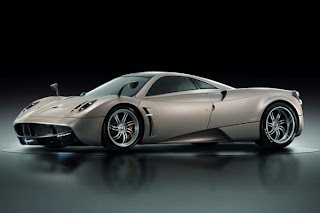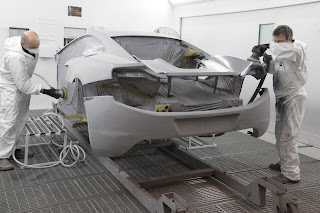
Tomorrow is Press Day at the Geneva Motor Show and, as every year, I will be there. First stop of the day will probably be the Jaguar stand to get a closer look at the XKR-S, the most powerful and fastest series production sports car the firm has ever built. The super-coupé will hit 60mph from a standing start in 4.2 seconds. That’s 0.4 quicker than any current XKR and it will rocket on to a top speed of 186mph – 12mph more than the XKR with the Speed Pack. Power comes from the same supercharged 5.0-litre V8 engine that’s under the bonnet of every XKR, but it’s been uprated from 510 to 550bhp. Bespoke suspension changes have also been made to both the front and rear, for improved performance and to boost driver appeal. The XKR’s Adaptive Dynamics system has also been reprogrammed to allow more enthusiastic drivers to explore the edges of the handling envelope. Also from Jaguar but not on its stand is something called the B99, which is a concept by Italian styling house Bertone. It’s previewing some ideas for a new entry level saloon to replace the X-Type, which was finally killed off last year. The work is Bertone’s but it’s been done with the full permission of Jaguar, and the story goes that Bertone’s stylists even got a briefing from Jag’s design boss Ian Callum before they sharpened their pencils. Some said Jaguar would never again attempt a BMW 3-Series rival after the X-Type’s failure – it was a reskinned Ford Mondeo with a few tweaks – but looks like that’s not the case.







